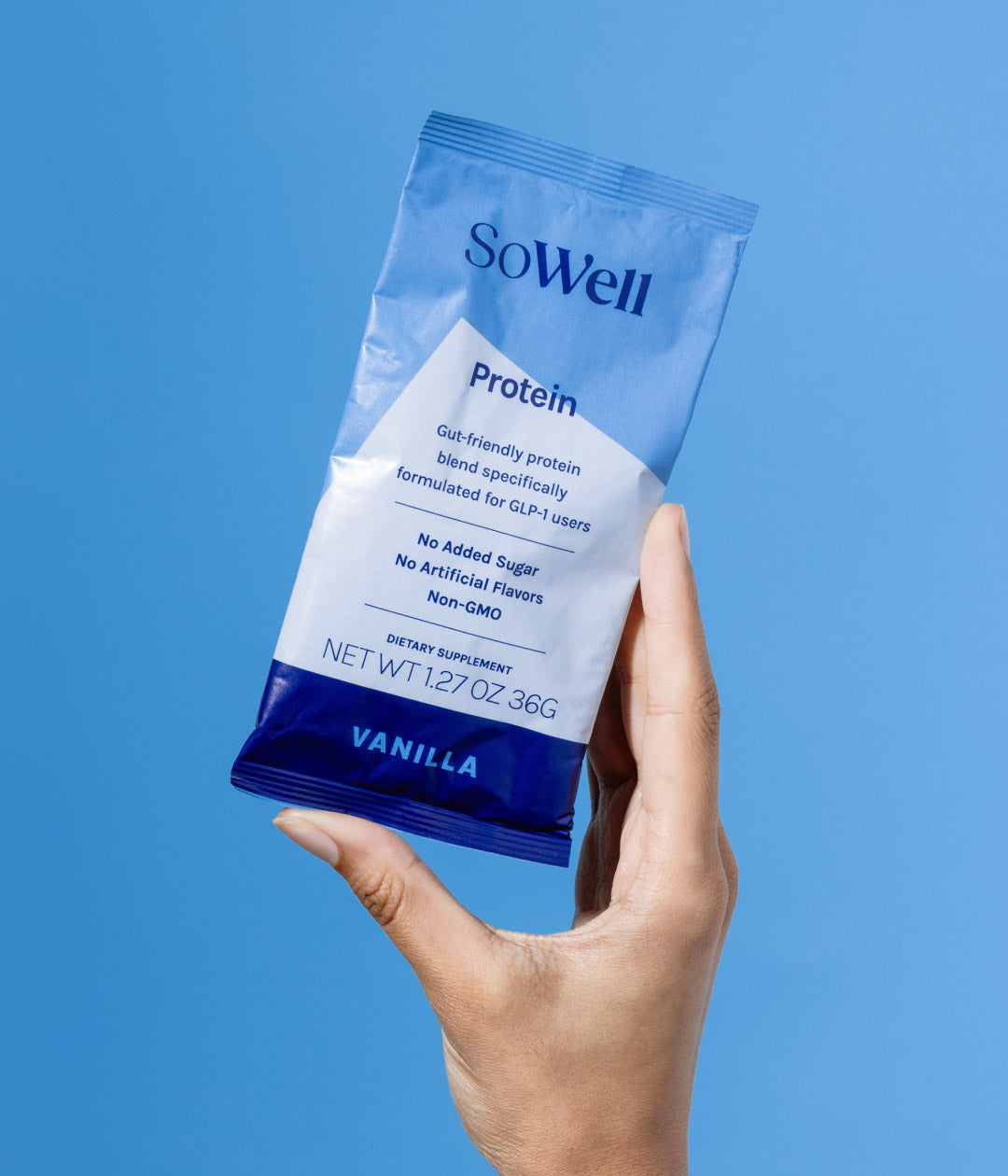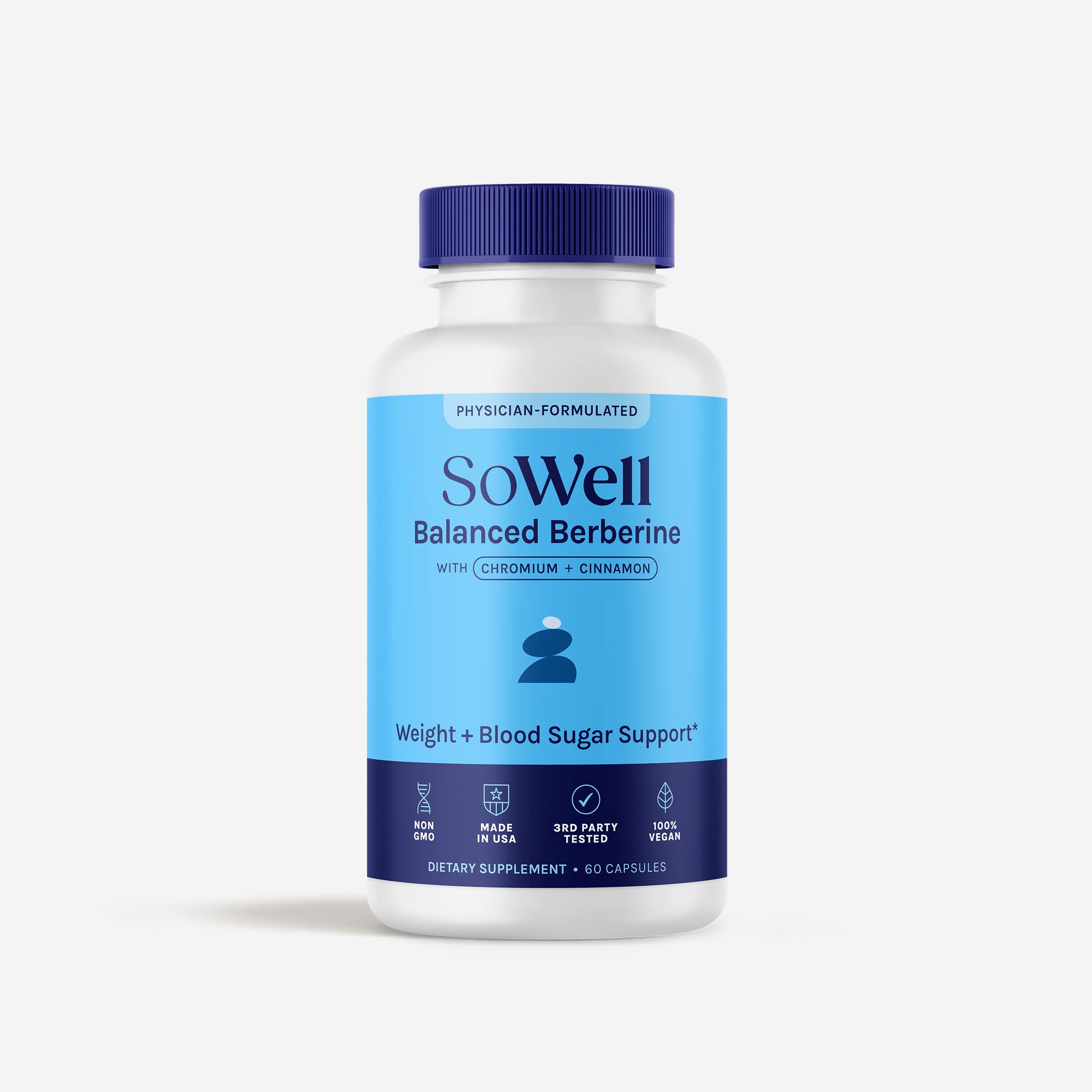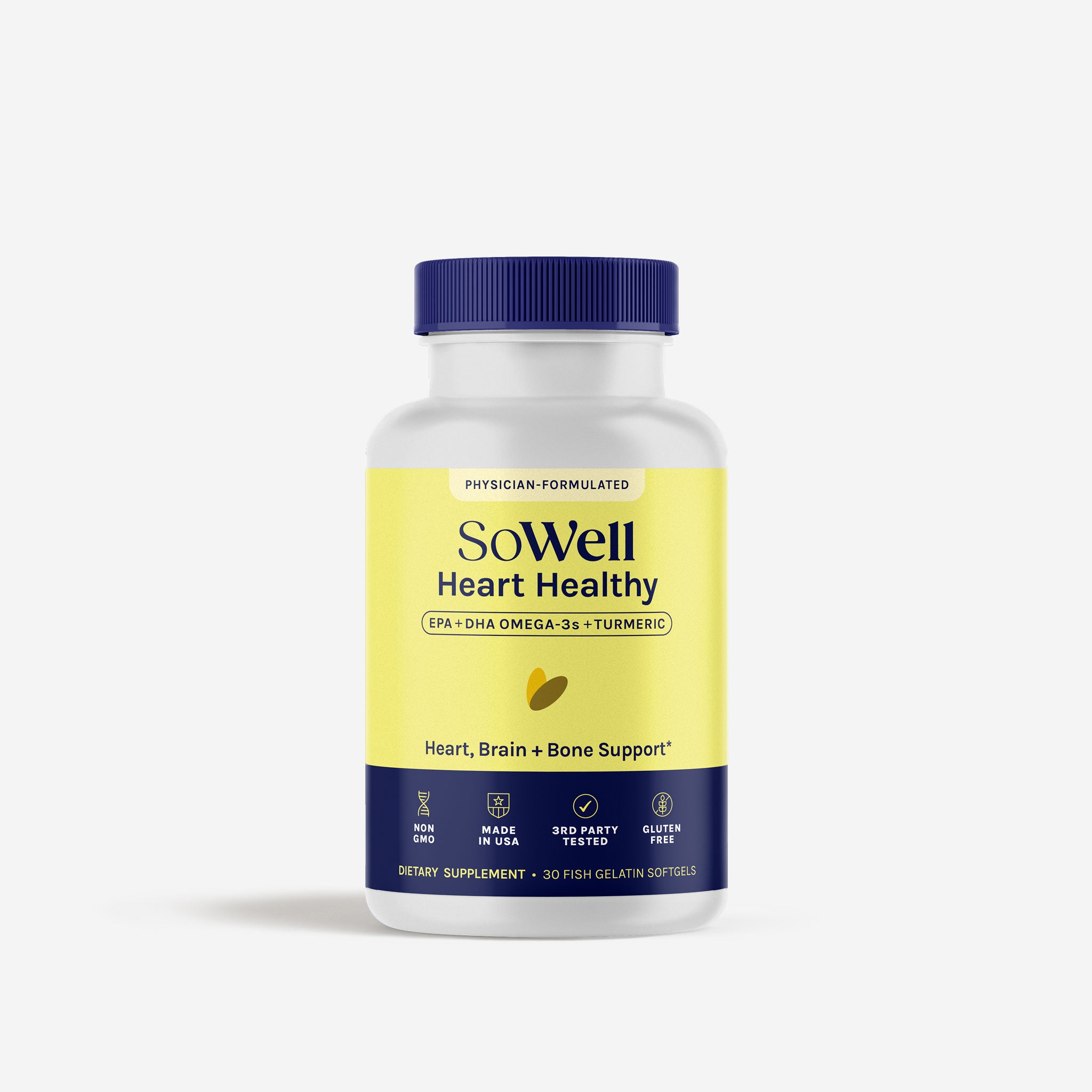
The word metabolism gets thrown around often, as people talk about how efficiently their bodies burn calories. But while your metabolic rate gets all the attention, it’s your general metabolic health that plays a starring role in well-being. What even is metabolic health? And what is metabolic syndrome? Both terms have to do with your risk for serious health conditions.
To help you get a better picture of what it means to be metabolically healthy, we outlined the risks for metabolic syndrome below. Learn about the condition, plus what you can do to prevent and treat it. Most importantly, find out why knowing about metabolic syndrome really matters.
What is Metabolic Syndrome?
Unlike other health conditions, metabolic syndrome is not a disease with a straightforward diagnosis. In fact, having metabolic syndrome means you meet a group of key risk factors. All of the risk factors together increase your chances of getting heart disease, as well as other serious health conditions like diabetes or stroke1. Unfortunately, in 2020 nearly 35% of Americans met the metabolic syndrome criteria2. In recent years, the prevalence of metabolic syndrome increased most for people aged 20 to 39, as well as for women, Asians, and Hispanics.
What is the metabolic syndrome criteria?
In order to get a metabolic syndrome diagnosis, you need to have three or more of the following health complications:
- Waist circumference over 40 inches in males and 35 inches in females.
- Systolic blood pressure greater than 130 mmHg. That’s the top number you get in a blood pressure reading. It refers to the amount of pressure in your arteries when your heartbeats. Or, diastolic blood pressure greater than 85 mmHg. This is the bottom number on your blood pressure reading, referring to the pressure in your arteries between heartbeats. Both numbers are important for understanding your heart health and risk of stroke.
- Fasting triglyceride (or TG) level over 150 mm/dg. Triglycerides are a type of fat found in your blood. You do want some of this fat in the body, as it can provide energy. However, when elevated, triglycerides can contribute to the hardening of your arteries. If you’re on cholesterol medicine and don’t have high triglycerides, you can also consider yourself at risk for metabolic syndrome.
- Fasting high-density lipoprotein (or HDL) less than 40mg/DL for males or 50mg/dL for females. You want HDL, often dubbed the “good cholesterol,” in the body. It absorbs other cholesterol (a waxy, fat-like substance in the blood) and takes it to the liver to get rid of it. Your body needs cholesterol to make hormones, vitamin D, and substances that help you digest food. If you take cholesterol medication but have low levels of HDL, you are also considered at risk for metabolic syndrome.
- Fasting glucose greater than 100mg/dL or if you’re taking a glucose-controlling medication. This fasting glucose number refers to the amount of sugar in your bloodstream, which can increase the risk of diabetes. If you have a high fasting glucose number, you’re at risk of metabolic syndrome.
The above conditions can occur on their own, but most people experience multiple conditions at one time. And many occur without any visible symptoms. That’s why it’s crucial to see your doctor regularly and have your health monitored.
On the other end of the metabolic spectrum, doctors would consider you metabolically healthy if you have normal blood pressure numbers, normal blood sugar levels, no excess belly fat, and normal cholesterol and triglyceride levels—all without medication.
Why does metabolic syndrome matter?
The reason you need to pay attention to your metabolic health: It says a lot about your overall well-being and longevity. If you check off a majority of the boxes above, you’re at greater risk of heart disease, heart attack, stroke, and diabetes—all serious conditions.
Being aware of metabolic syndrome and learning if you’re at risk puts more power in your hands to take control of your health. In fact, science says that catching metabolic syndrome early can help prevent heart disease later in life3, at least in young people.
Metabolic syndrome isn’t a death sentence or even a condition you have to live with forever. You can both prevent and reverse the illness, potentially with just a few lifestyle changes. Chat with your doctor and team of medical pros about your risk. Then create a plan to get healthy so you can sidestep the diseases that stem from metabolic syndrome. Small changes can make a big difference in helping you live longer and better.
How can I prevent metabolic syndrome?
You can lower your risk of ever getting metabolic syndrome in a few ways. This includes avoiding smoking, working out regularly, eating healthy, and losing weight. One science-backed recommendation4 specifically suggests getting 30 to 60 minutes of physical activity a day. Aim to mix cardio and strength training, and break it up throughout the day if that works for you. Losing 5% of your body weight by moving more and restricting calories may also help lower your risk of metabolic syndrome. Implementing healthy eating habits helps to lower your risk, too. Some diet changes might include following the Mediterranean diet, eating a mix of whole grains, fruits, and veggies, limiting saturated and trans fats, increasing fiber intake, cutting back on sugary drinks, and limiting alcohol and salt intake.
Can I reverse or treat metabolic syndrome?
The same lifestyle factors that can help you prevent metabolic syndrome, may also help you reverse it. That means quitting smoking, working out more frequently, eating a healthy diet, and losing weight. Research suggests exercising, in particular, stands out as a strong method to lowering the the risk of metabolic syndrome5.
If you have metabolic syndrome or even one or two of the above-mentioned conditions that can lead to a diagnosis, it’s always a good idea to talk to your doctor about lifestyle changes that will help manage the issue. While eating well and exercising regularly will improve your well-being, they can seem overwhelming when trying to do it all at once (and even more so, alone). By teaming up with health experts, you can learn to more easily implement strong diet and fitness habits into your life.
Start making changes to your health by getting key insights into your metrics, thanks to the SoWell Health Weight Biology Kit. With the kit and corresponding report, you’ll find out markers of metabolic well-being, including blood sugar, triglycerides, and more.
1 National Heart, Lunge and Blood Institute. “Metabolic Syndrome.”
2 The Journal of the American Medical Association (JAMA). Trends in the Prevalence of Metabolic Syndrome in the United States, 2011-2016. June 2020.
3 Journal of Pediatric Endocrinology and Metabolism. Prevalence of metabolic syndrome and its associated factors in overweight and obese adolescents. December 2019.
4 Nutrition Reviews. Lifestyle recommendations for the prevention and management of metabolic syndrome: an international panel recommendation. May 2017.
5 International Journal of Environmental Research and Public Health. Health-associated nutrition and exercise behaviors in relation to metabolic risk factors stratified by body mass index. March 2019.

















